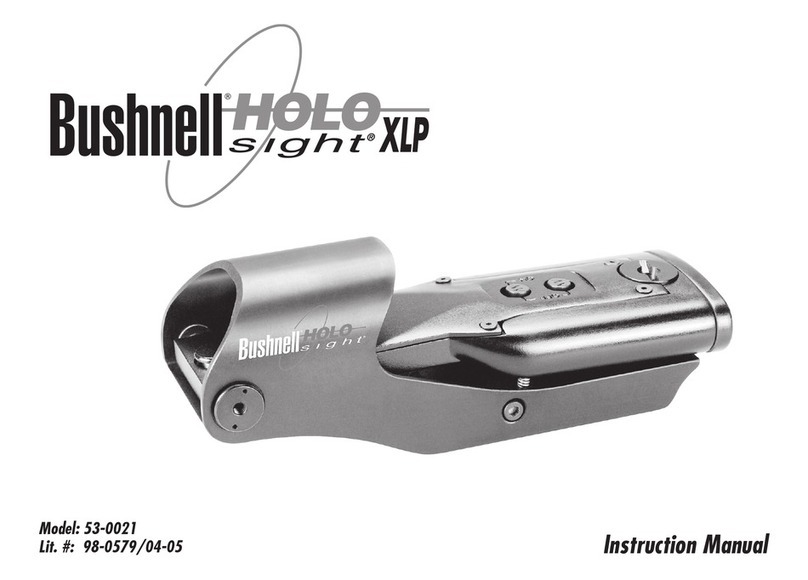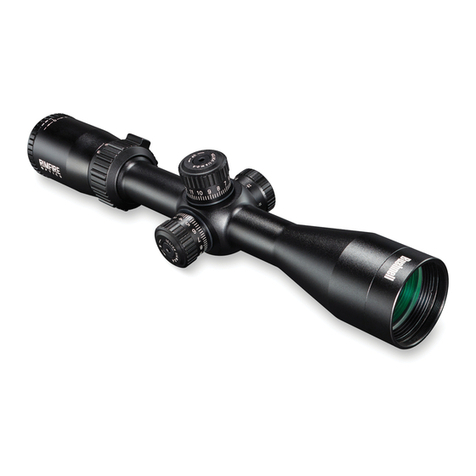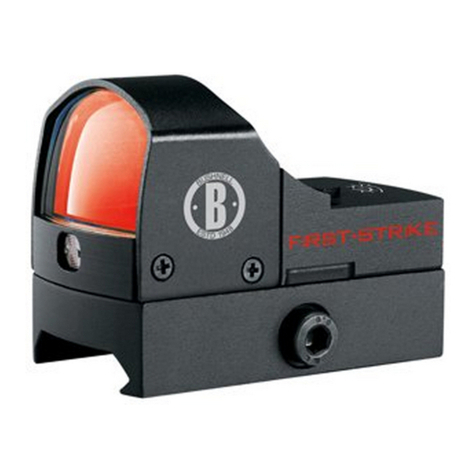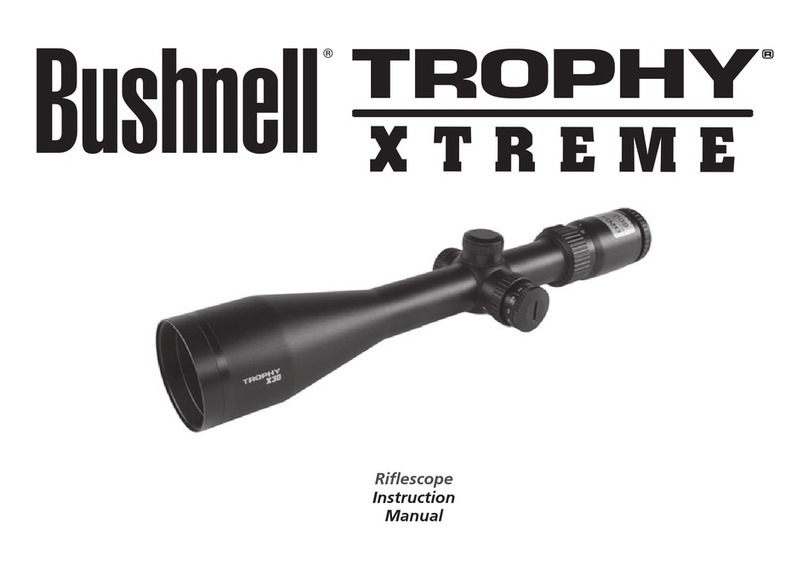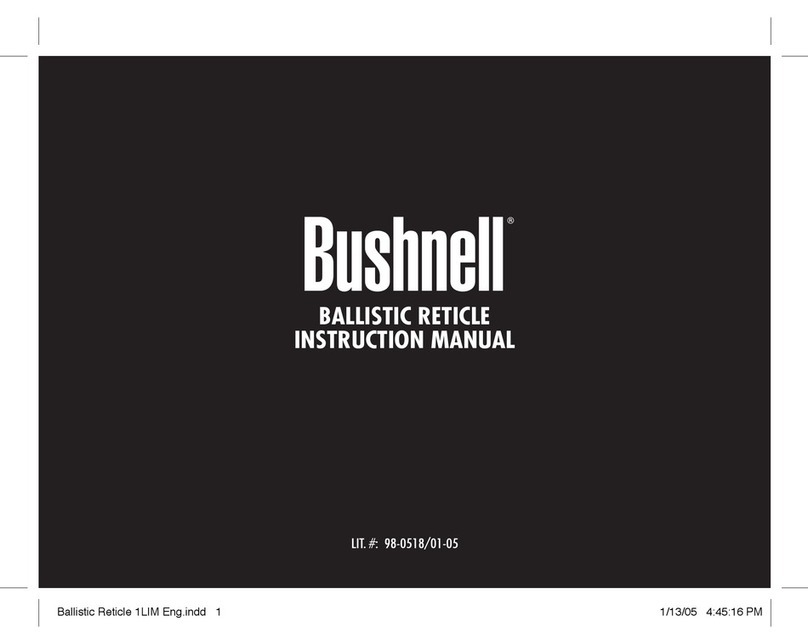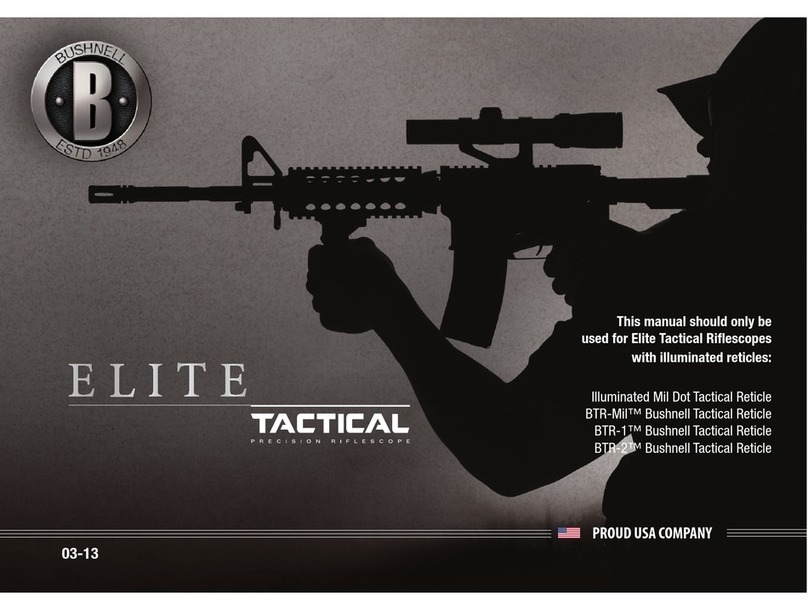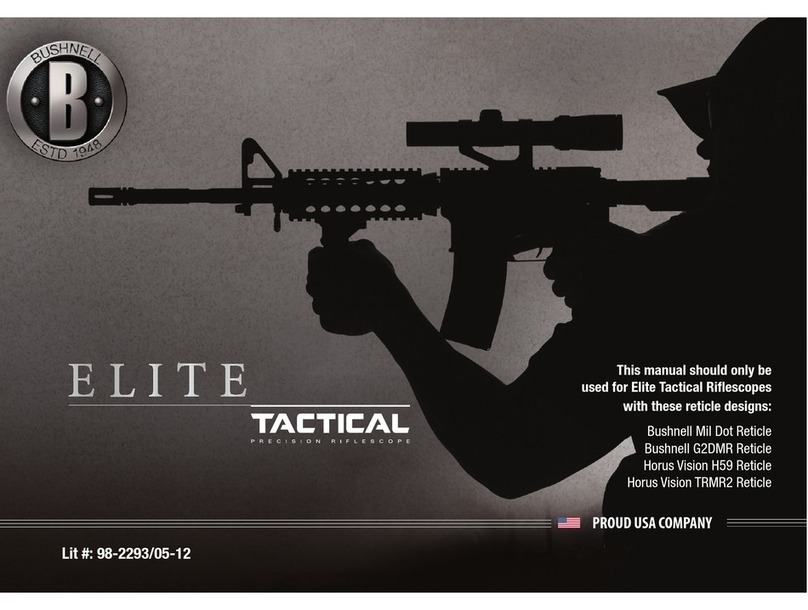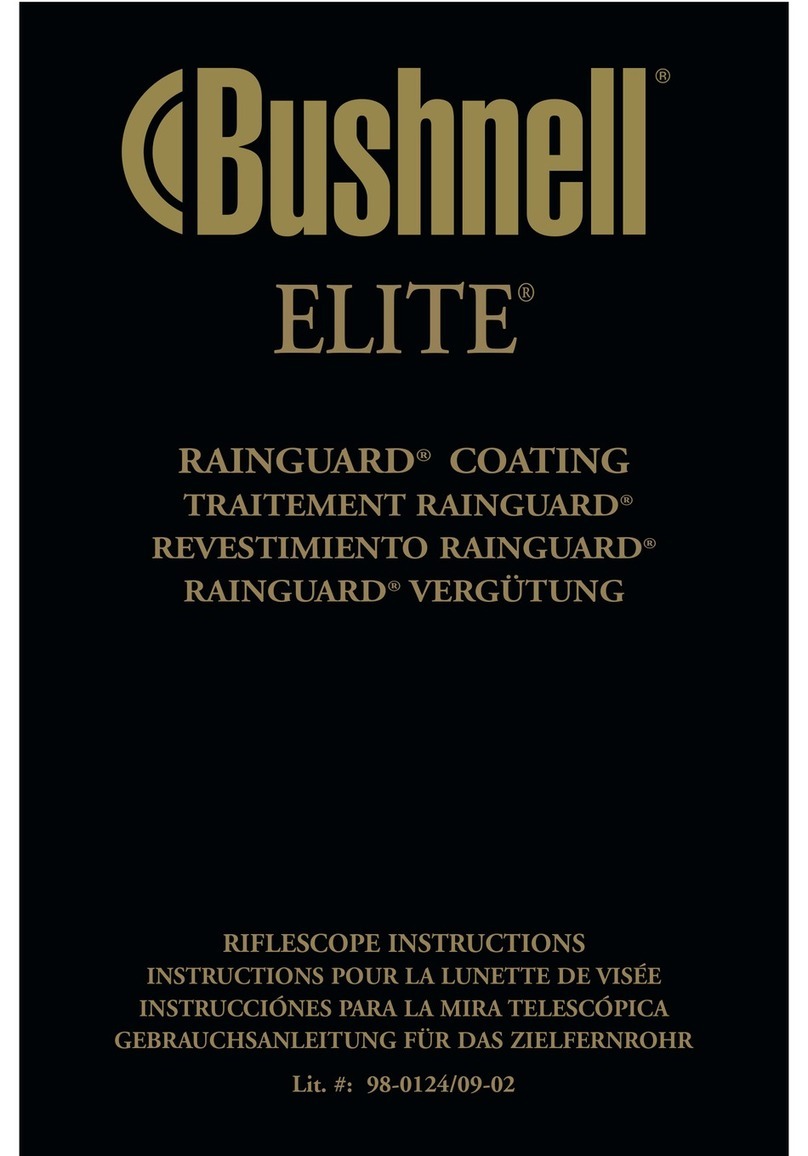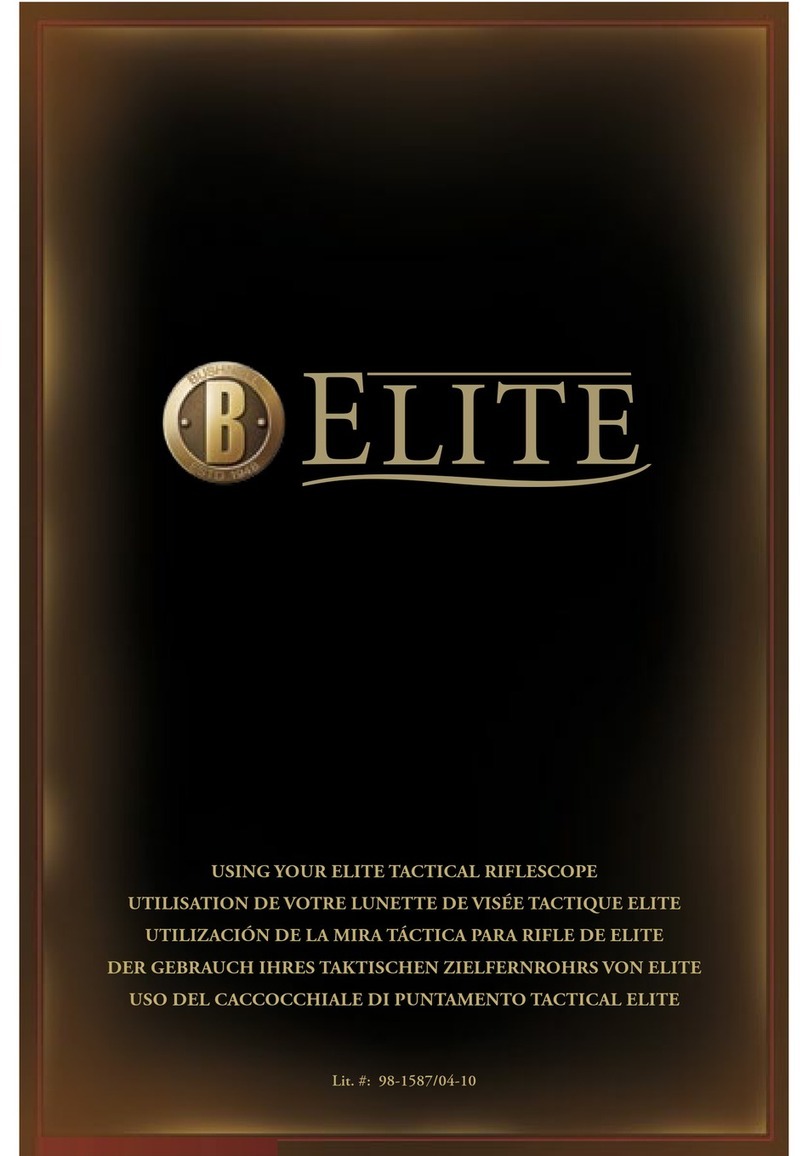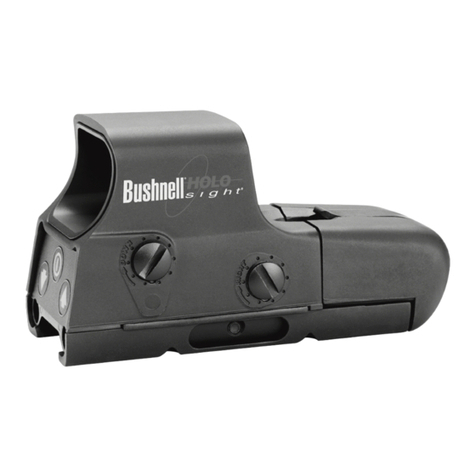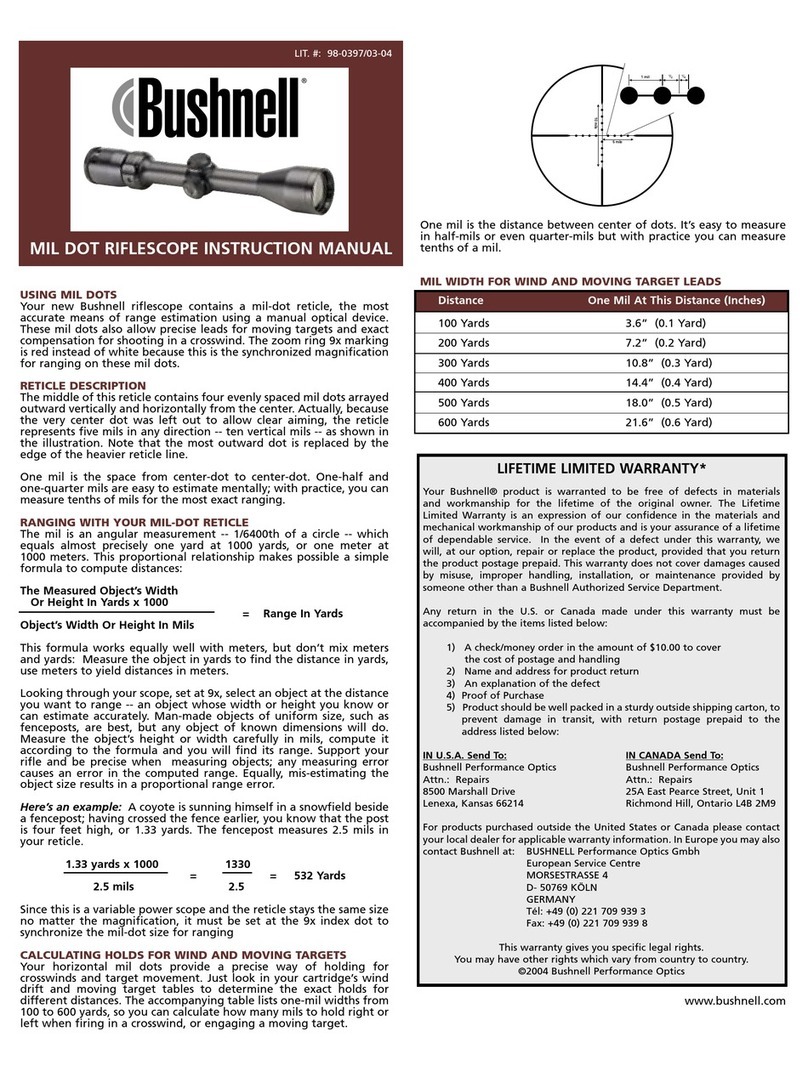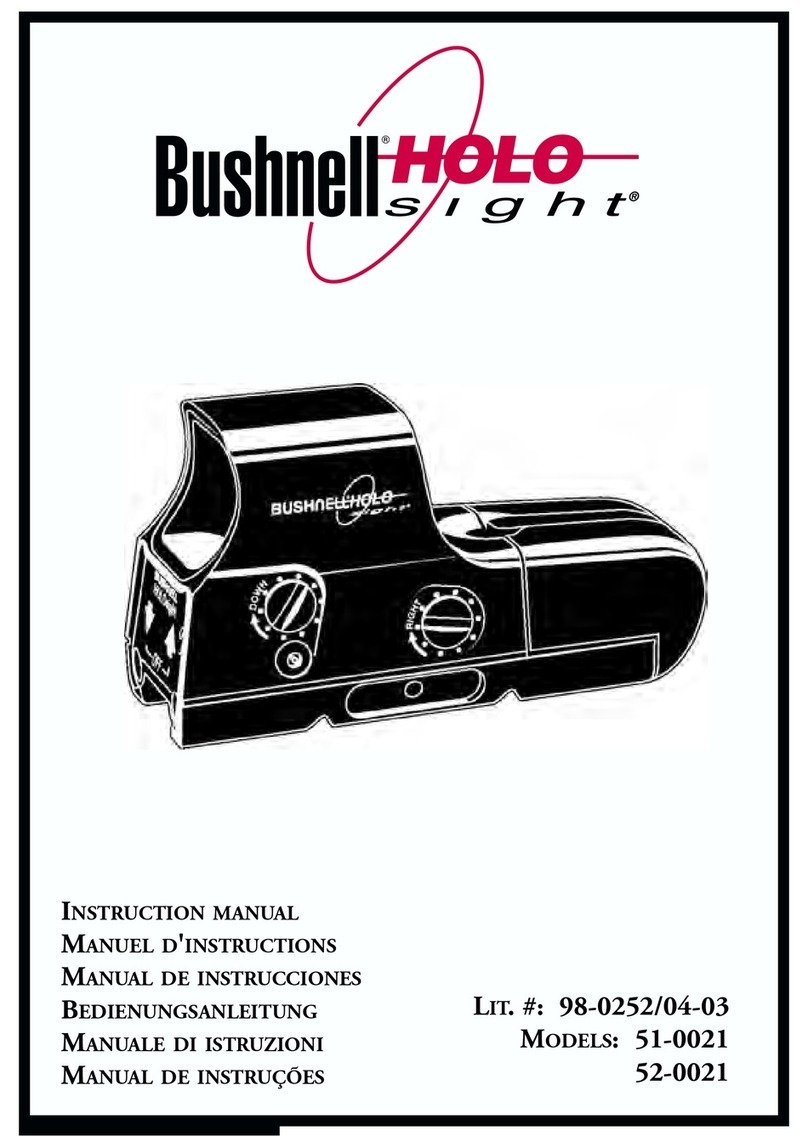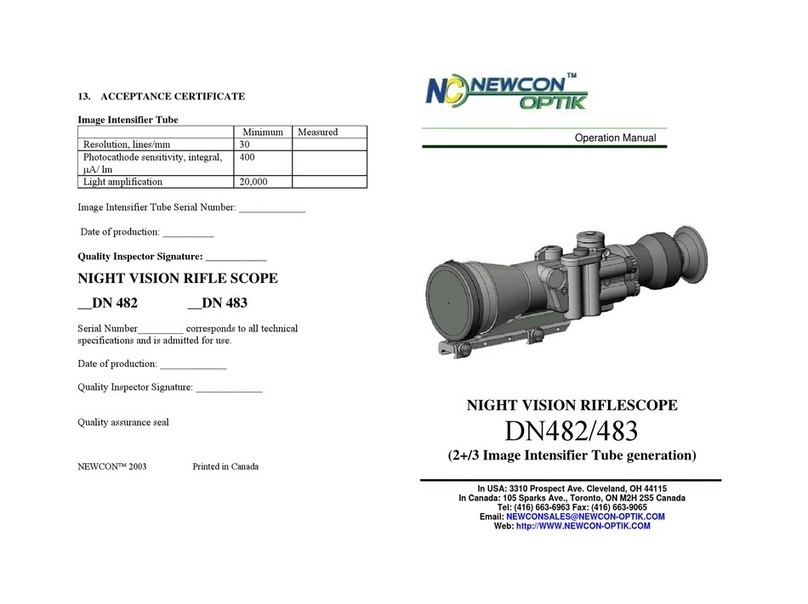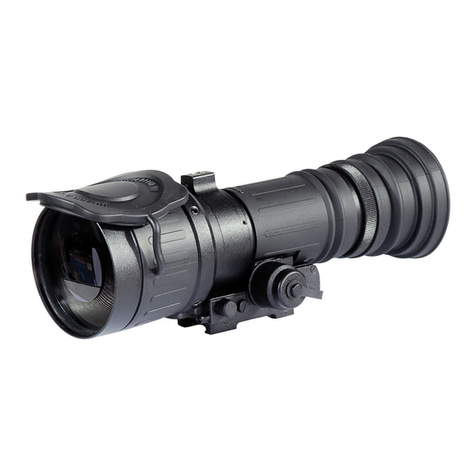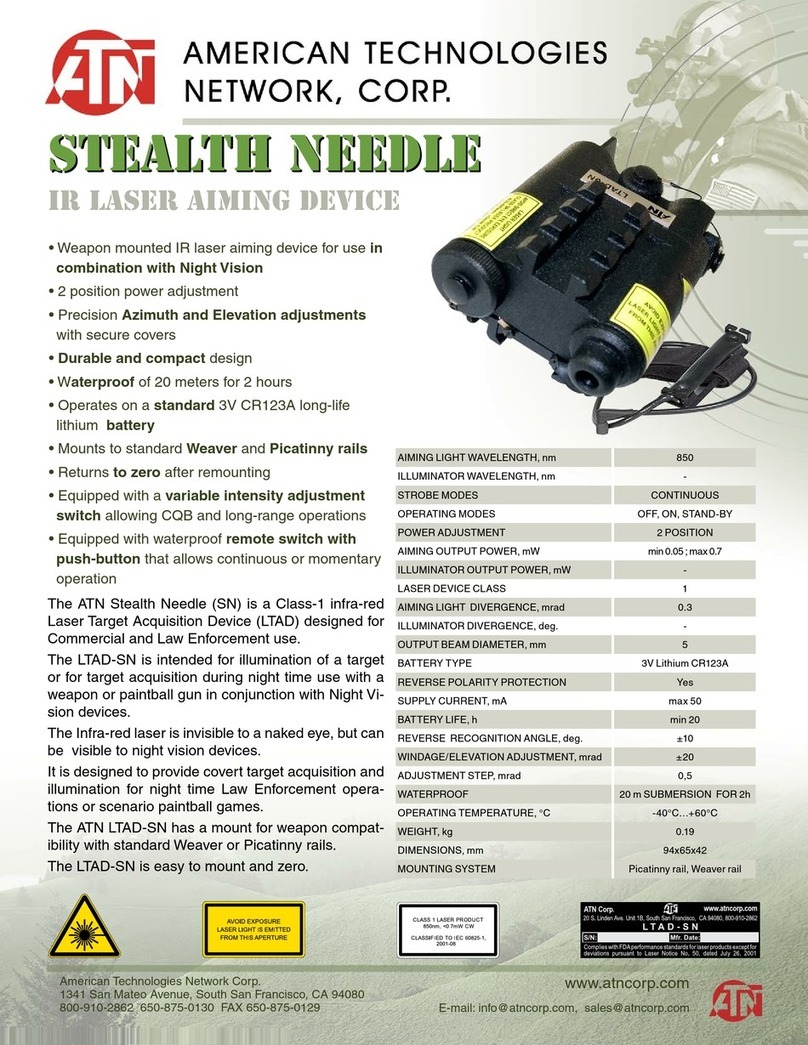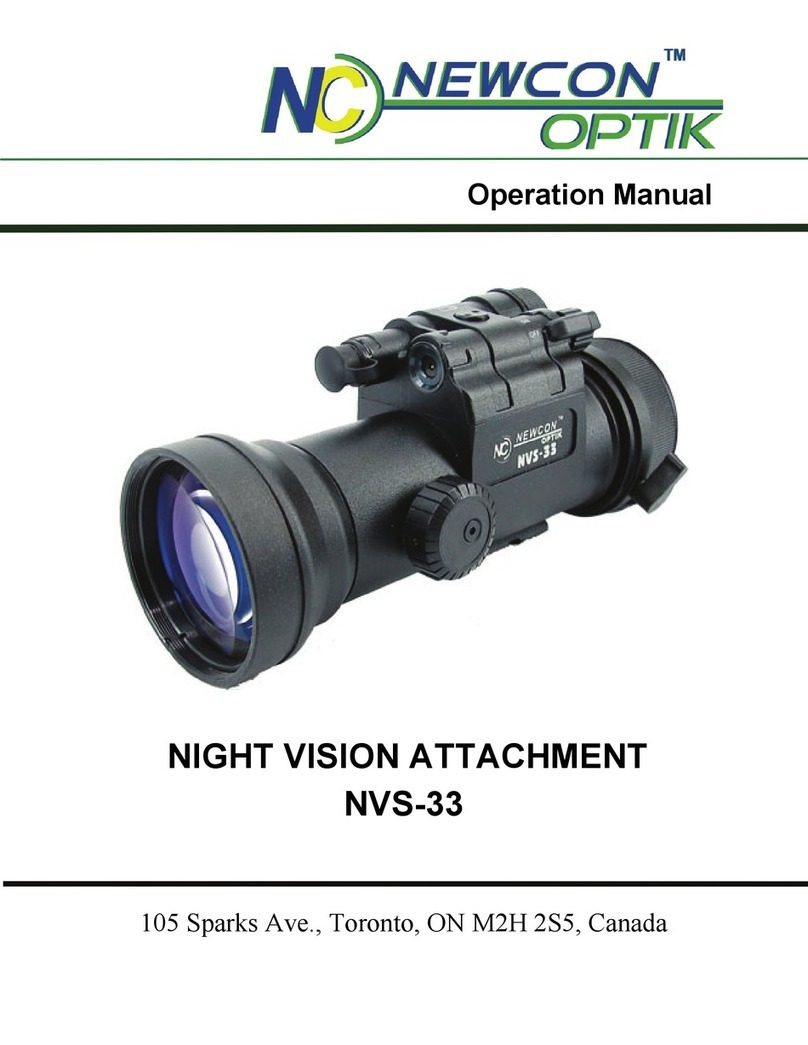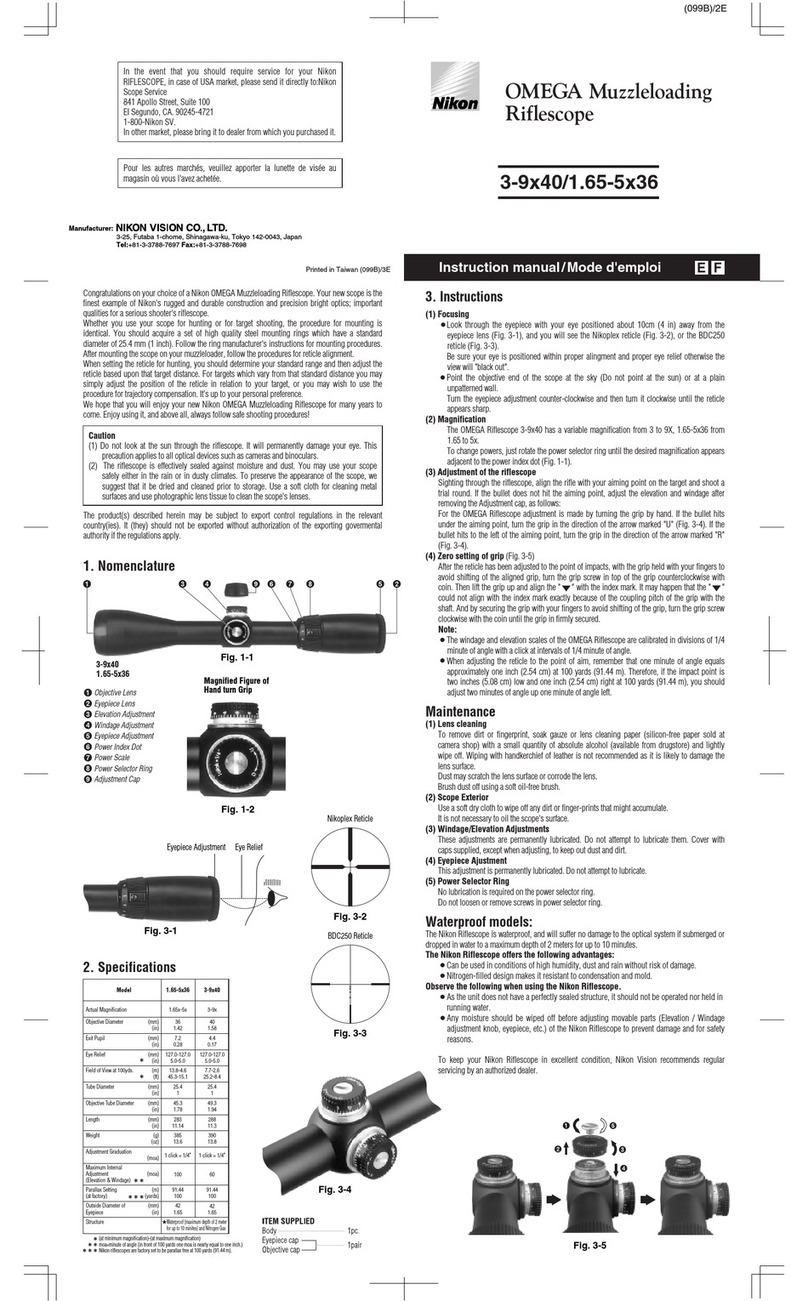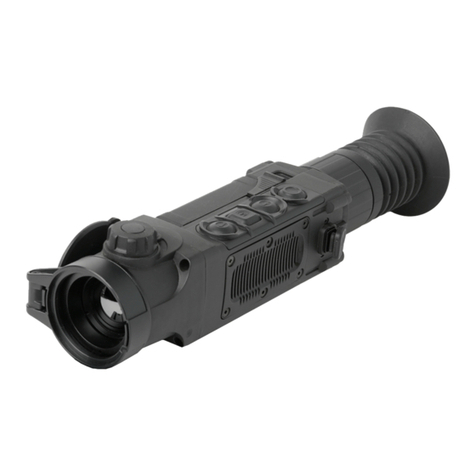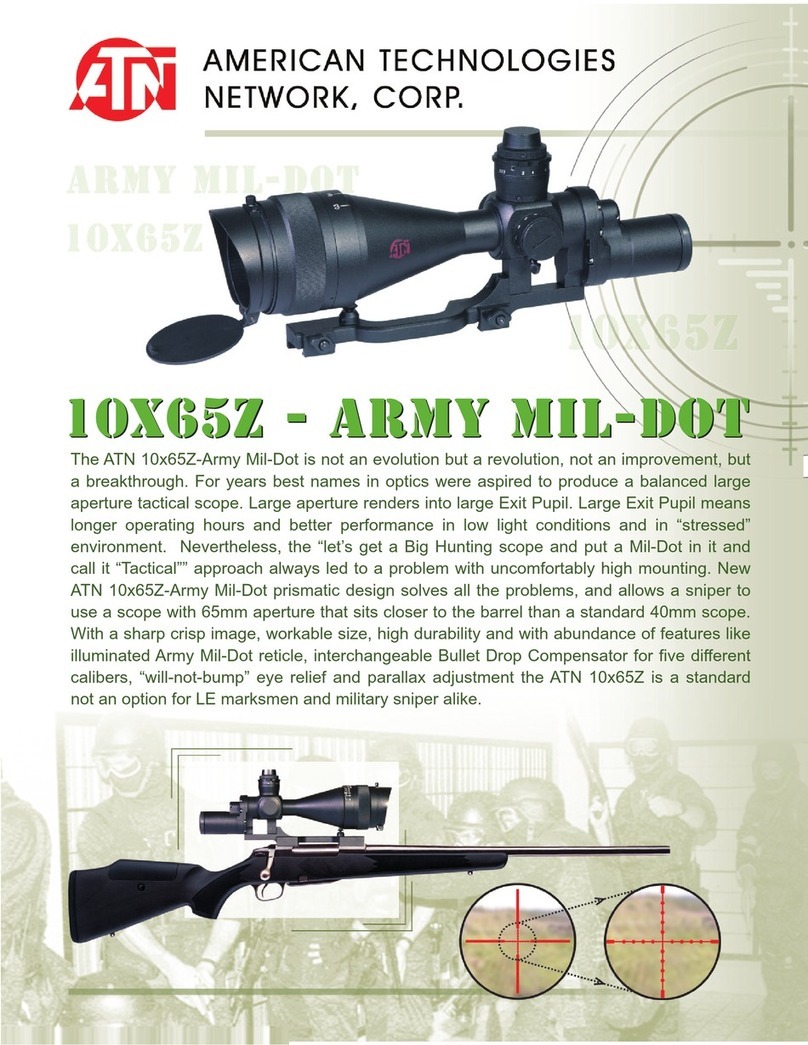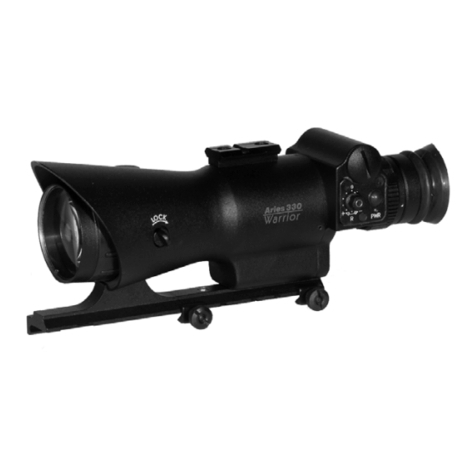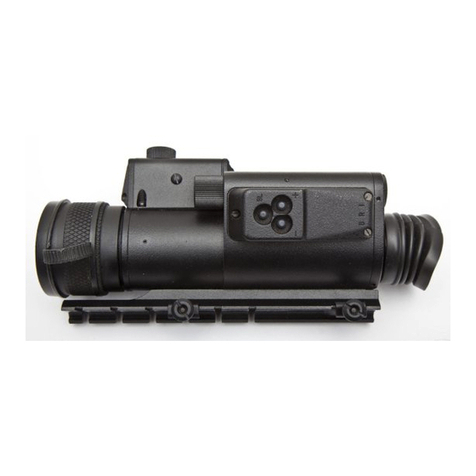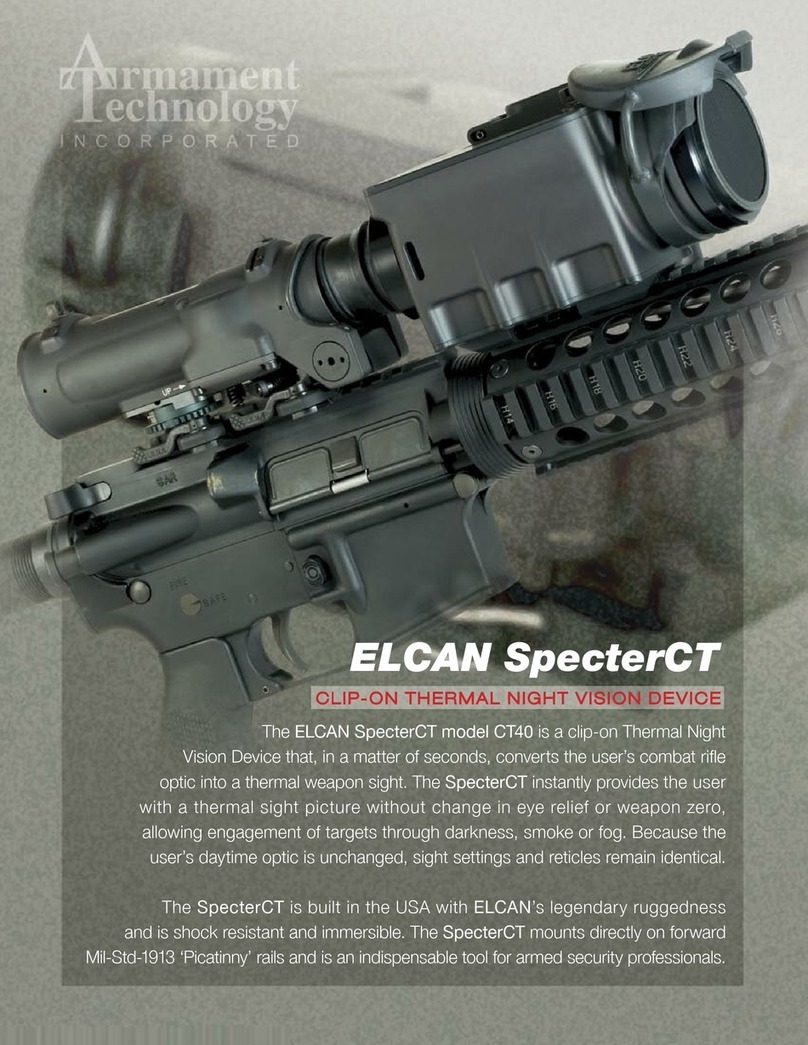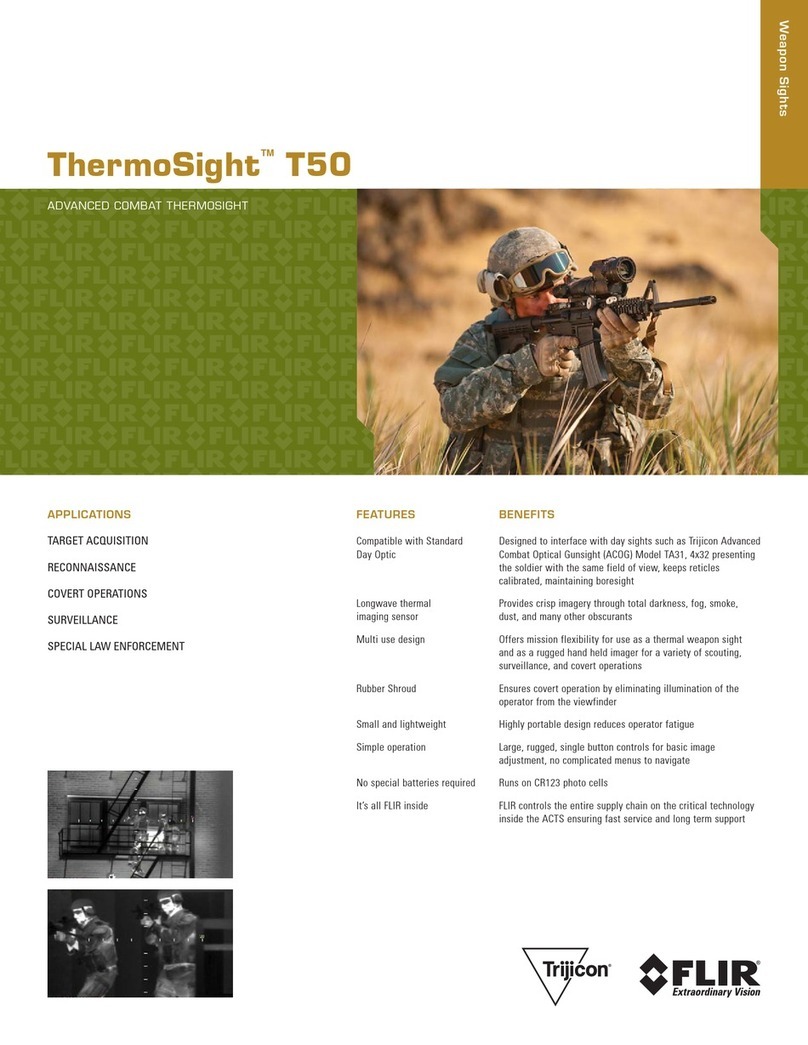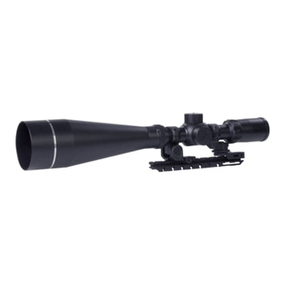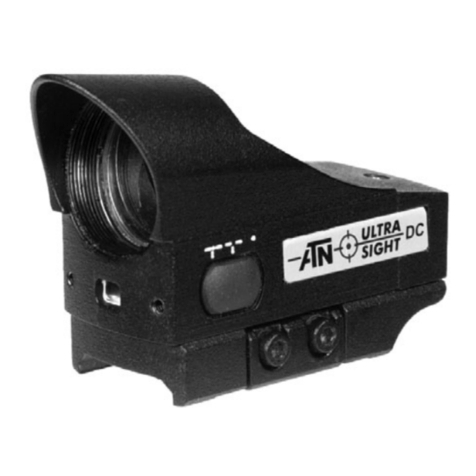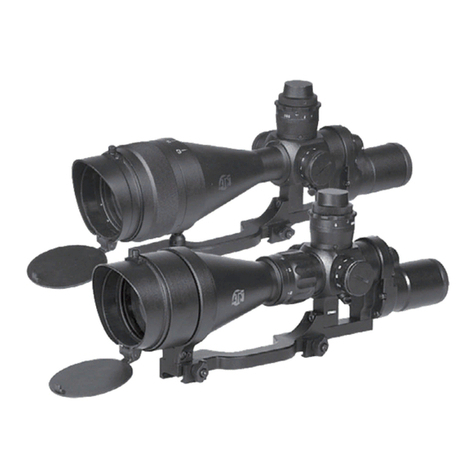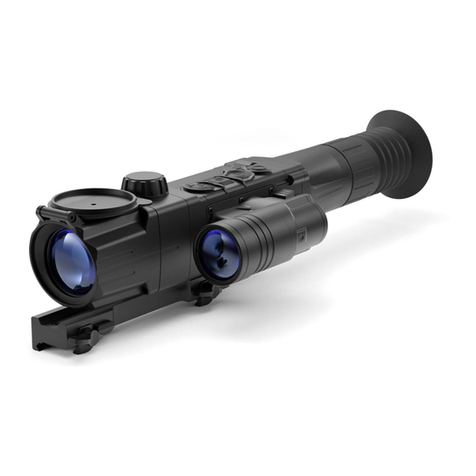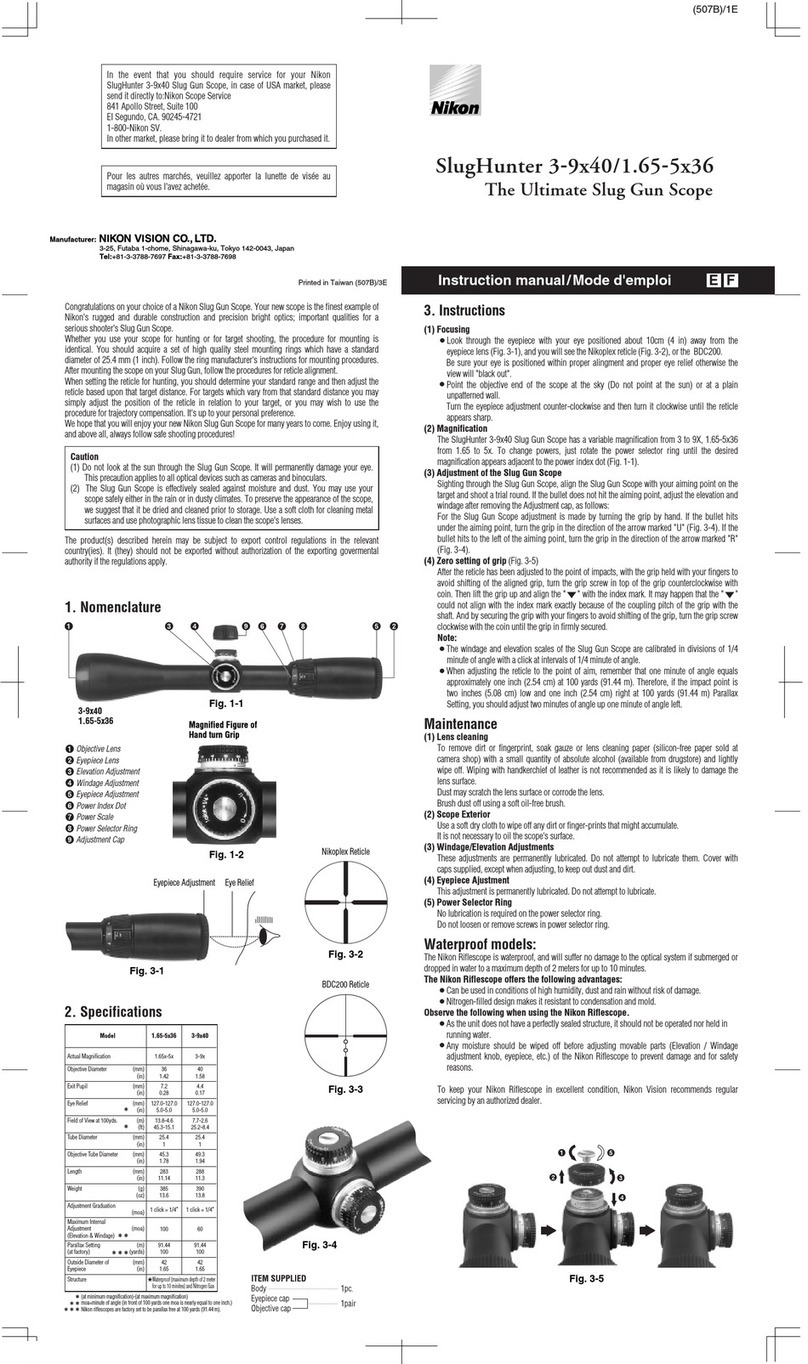17 18
SELECTING THE PROPER TURRET
Each riflescope comes complete with seventeen interchangeable turrets. Eight of these turrets are
calibrated with distance in “yards” markings and eight for “meters” covering most popular factory
cartridges. The seventeeth turret has no distance calibration but is provided so that you may make your
Remington Arms .308 dia. 30-06 Springfield, 180 gr. BRPT at 2700 FPS D
Winchester .308 dia. 30-06 Sprg, 180 gr. FailSafe at 2700 FPS D
Winchester .308 dia. 30-06 Sprg, 180 gr. Partition Gold at 2750 FPS D
Federal Cartridge.308 dia. 300 WSM, 180 gr. AccuBond at 2960 fps F
Federal Cartridge.308 dia. 300 WSM, 180 gr. Bear Claw at 3025 fps F
Winchester .308 dia. 300 WSM, 180 gr. Ballistic Silver Tip at 3010 FPS F
Winchester .308 dia. 300 WSM, 180 gr. Fail Safe at 2970 FPS F
Remington Arms .308 dia. 300 R.S.A.U.M., 180 gr. PSPCL Ultra at 2960 FPS E
Remington Arms .308 dia. 300 Wby Mag, 180 gr. PSPCL at 3120 FPS F
Lazzeroni Arms .308 dia., 7.82 Patriot, 180 gr. Partition Lubed at 3184 FPS H
Lazzeroni Arms .308 dia., 7.82 Warbird, 150 gr. Lazerhead at 3775 FPS H
Lazzeroni Arms .308 dia., 7.82 Warbird, 168 gr. HPBT MatchKing at 3550 FPS H
own distance markings fit any cartridge not covered. From the Ballistic Chart below (or the complete
charts on the CD), select the proper turret for use with your caliber and bullet weight combination.
Example: You have a .300 WSM and are shooting the following Winchester brand load: 180 gr. Ballistic
Silver Tip bullet at 3010 FPS muzzle velocity. This combination falls under Ballistic group “F”, so you
would use the turret marked “F” in either yards or meters.
What if your caliber is not listed?
While we have taken great care to include as many calibers and brand names in our ballistic tables, new
loads are always being developed. In additon, some shooters load their own ammunition with unique
ballistic characteristics. If you cannot find your load in the ballistic tables, you can still use the BDC
feature.
Option 1:
As above, sight in your rifle at 100 yds with the standard turret. Then shoot the rifle, without adjusting
the riflescope, at 300 yds. Measure the bullet drop from the point of aim. Using this drop, select the
ballistic group from below. If you will be shooting at longer distances then you may want to check the
bullet drop at 500 yds. Because there is enormous variation in rifle barrels, chambers, and hand loads,
you should thoroughly test the ballistic setting before actual hunting. You may need to move up or down
one group depending upon your tests.
Option 2:
Includedwiththe markedturretsis ablankturret. After yourrifleis sightedinat 100yds,replacethestandard
turret with the blank turret. Without adjusting the elevation, shoot the rifle at various distances up to the
